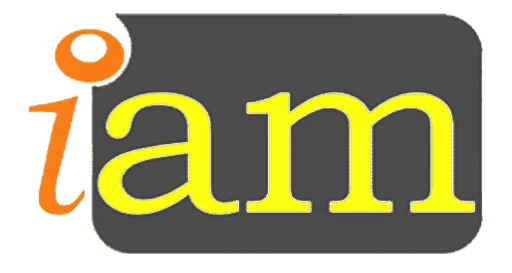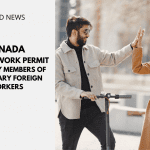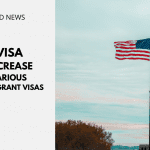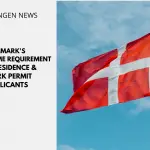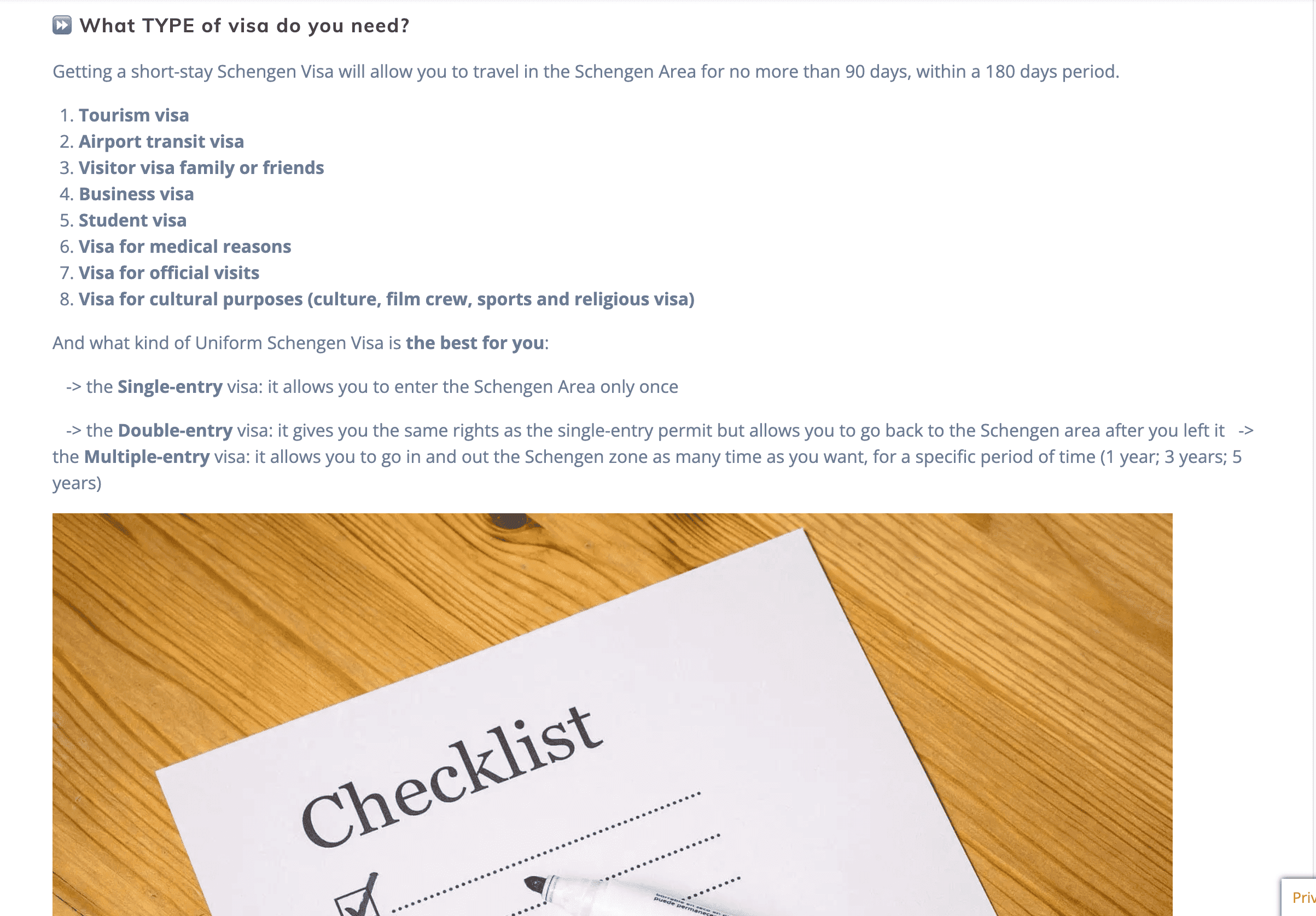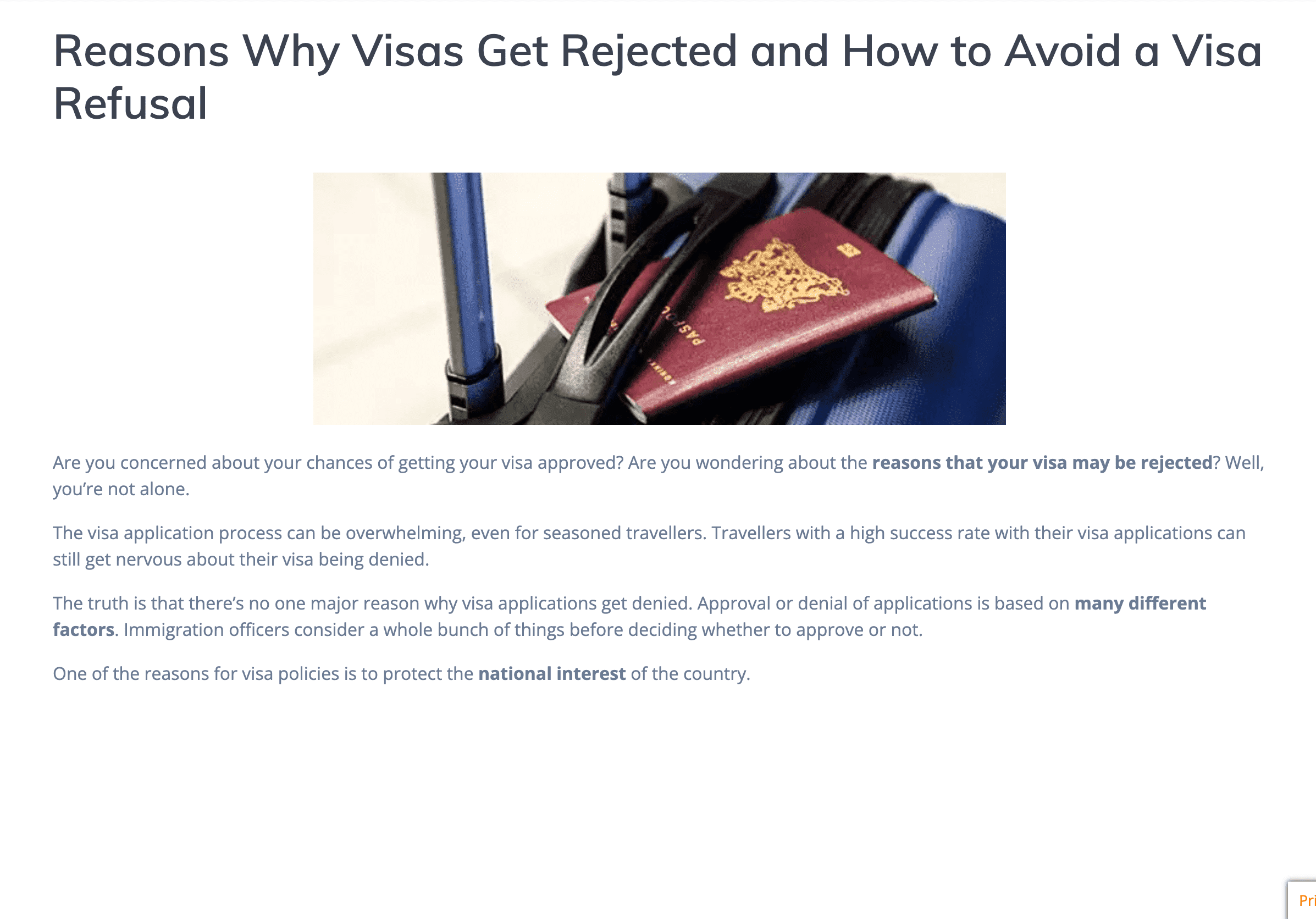Trump Toughens Visa Requirements to Make It Hard for Foreigners to Work in the US
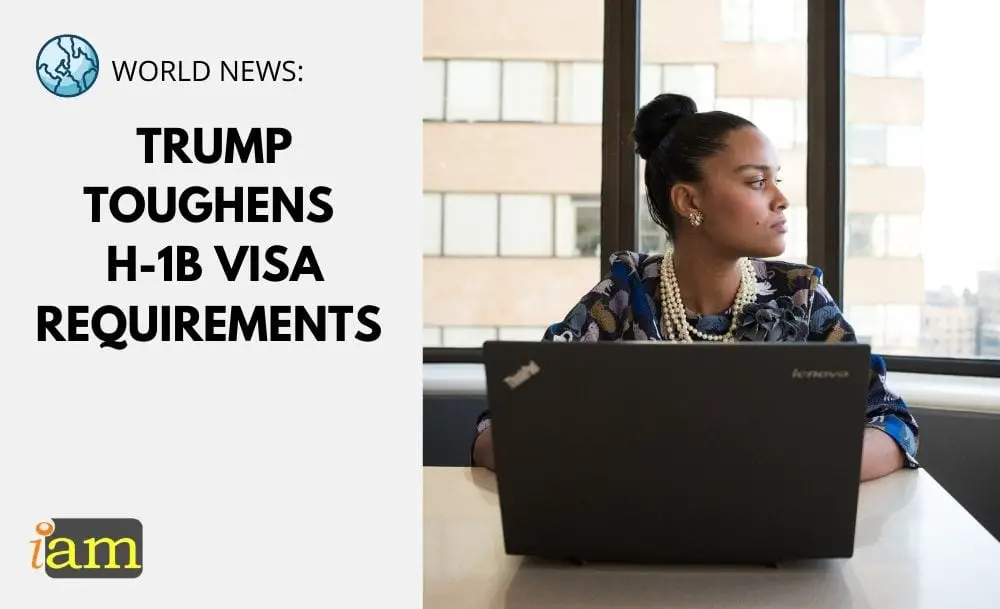

The administration of U.S. President Donald Trump has sped up attempts to make harder, the process for U.S. companies to hire skilled foreign workers, before the end of the year and amidst the presidential elections.
The Trump administration has released H-1B regulatory changes making it more difficult for professional foreign workers to obtain work visas in the U.S.
As previously reported, the rules immediately increase minimum wage requirements that U.S. employers must pay foreign workers for both H-1B work visas and green cards. The increase in wage requirements is to demonstrate that foreign workers will not displace Americans in the same occupation and geographic area.
The new rules also restrict the types of jobs eligible under the visa program by narrowing the definition of “speciality occupation.”
The two proposals are named “Strengthening Wage Protections for the Temporary and Permanent Employment of Certain Aliens in the United States” by the Department of Labor (DOL) and the long-speculated interim final rule ‘Strengthening the H-1B Nonimmigrant Visa Classification Program’ published by the Department for Homeland Security (DHS) on October 8, 2020, both of these rules aim to reduce the number of H-1B work visas issued to migrants each year, with the aim to preserve jobs for American workers amid high unemployment and the new rules will be politically difficult to reverse.
Highly Skilled Migrant Workers in the US
However, it is widely documented that the new rules will have a damaging effect on the US economy as it will lose its competitive advantage, lose highly skilled workers to other countries, like Canada.
Moreover, studies have also shown that immigrant workers and immigrant entrepreneurs actually create millions of jobs for U.S. workers each year.
Each year, there are 85,000 H-1B work visas available to migrants, to work in a US company in a “specialty occupation”, with Bachelor’s degrees and above, in a specific field. Outsourcing companies usually make up the bulk of the H-1b program’s top users, and most workers approved for the visas come from India.
H-1B visas become tougher to get
During Trump’s tenure in the Oval Office, since 2017, the denial rate for H-1B visas has more than doubled, with almost every application receiving a Request For Evidence, and requiring extensive documentation to demonstrate eligibility.
H-1B visas are increasingly being denied on the premise that if a position offered does not require a specific Bachelor’s degree field, as determined by the Department of Labor’s Occupational Outlook Handbook, then the occupation does not qualify as a specialty occupation that merits an H-1B work visa.


Accordingly, under the new rule, a petitioner must establish that a bachelor’s degree in a specific speciality, or its equivalent, is a minimum requirement for entry into the occupation in the United States, by showing that;
- this is always the requirement for the occupation as a whole;
- always the occupational requirement within the relevant industry;
- always the petitioners particularised requirement; or
- because the position is always so complicated specialised, complexed or unique that it is necessarily required to perform the duties of this specific position
The new rules also limit the validity of H-1B visas at third-party worksites to one year for workers employed by staffing companies. Click the link below to read more about the impacts of the new rules on applications.
These measures, along with regulations clamping down on visas for international students and journalists, are expected to be some of Trump’s final immigration moves before the election in two weeks' time.
The new rule will become effective on December 7, 2020, 60 days following its publication date in the Federal Register. Usually, DHS would be subject to standard notice-and-comment rulemaking procedures, which requires a period of public commentary on a rule before its implementation. But the DHS has justified bypassing this period of notice, by arguing that such procedures would defeat the purpose of the rule, which is to provide immediate protection to U.S. workers amid the coronavirus pandemic.
The tough new H-1B rules will be hard to overcome
It is thought that multiple lawsuits will be filed to stop the new rules from coming into effect. Politically, if Joe Biden wins, the rules also face possible reversal. But it is thought that these policies will have popular support, making it hard for it to be rolled back.
“There’s going to be no market for someone to drive back down wages on H-1Bs to displace American workers,” Stephen Miller, White House Advisor.
“There’s been concern for a long time that the wages at which H-1B workers are allowed to be brought into the country are too low and are undercutting U.S. workers’ wages,” Labor Secretary, Eugene Scalia, said in an interview. “That’s never acceptable, but totally intolerable when you’ve got millions of Americans still out of work because of the pandemic.”
The main changes that the new rule amends are as follows:
The Definition of “Specialty Occupation”


What’s new?
The definition of a “specialty occupation” has been clarified to state that there must be a direct relationship between the required degree fields and the duties of the position. A position would not qualify as a specialty occupation, if the position requires only a general degree, for example a business degree or a liberal arts degree, without further specialisation would not qualify as specialty occupation.
However, the comments to the rule clarify that this new requirement should not be misconstrued as mandating a singular field of study.
What’s changed?
Previously, the definition of “specialty occupation” did not specifically require a direct relationship between the position on offer and the duties of the position. It also did not require a general degree to have a further specialisation. The previous definition was that a “specialty occupation” was one which “require[d] the attainment of a bachelor’s degree or higher in a specific specialty, or its equivalent, as a minimum for entry into the occupation in the United States.”
What’s the impact?
These changes mainly clarifies the current policies with respect to H-1B adjudications. The changes fall in line with the language being used by U.S. Citizenship and Immigration Services (USCIS) as seen in requests for evidence challenging a beneficiary’s educational background or the acceptable fields of study for the job position.
The Regulatory Criteria for “Specialty Occupation” Positions
What’s new?
The new rule changes the criteria for specialty occupation positions and clarifies that it is no longer sufficient for employers to show that a degree is “normally,” “commonly,” or “usually” required. in order to qualify under the new regulatory definition of “specialty occupation.”, employers should evidence that a degree is “always” required.
This can be demonstrated by showing that the degree is always the requirement for the occupation as a whole; always the occupational requirement within the relevant industry; always the petitioner’s particularised requirement; or because the position is always so specialised, complex, or unique that it is necessarily required to perform the duties of the specific position.
The new rule also changes the language that precedes the regulatory criteria, replacing the phrase, “[t]o qualify as a specialty occupation,” with the phrase, “[a] proffered position does not meet the definition of specialty occupation unless it also satisfies ….”


What’s changed?
Previously, the standard for establishing a specialty occupation stated the following:
To qualify as a specialty occupation, the position must meet one of the following criteria:
- A baccalaureate or higher degree or its equivalent is normally the minimum requirement for entry into the particular position;
- The degree requirement is common to the industry in parallel positions among similar organizations or, in the alternative, an employer may show that its particular position is so complex or unique that it can be performed only by an individual with a degree;
- The employer normally requires a degree or its equivalent for the position; or
- The nature of the specific duties are so specialized and complex that knowledge required to perform the duties is usually associated with the attainment of a baccalaureate or higher degree.
(Emphasis added.)
What’s the impact?
By replacing the terms “normally,” “commonly,” or “usually” with the term “always,” DHS has narrowed the definition of what job roles can qualify as specialty occupations. Employers can now no longer jus show that, in most cases, a bachelor’s degree or the equivalent is required for the role. Under the new rule, the standard has become that a bachelor’s degree is required in all occasions and without exceptions.
Additionally, by changing the phrasing that precedes the regulatory criteria, the rule clarifies that even if an employer makes a showing under one of the four qualifying criteria, it may not be enough to approve the petition. DHS specifically states in the final rule that this change clarifies that “meeting one of the regulatory criteria is a necessary part of—but not necessarily sufficient for—demonstrating that a position qualifies as a specialty occupation.”
New Regulatory Definitions for “Worksite” and “Third-Party Worksite”
What’s new?
The new rule defines “worksite” as “the physical location where the work is actually performed by the H-1B nonimmigrant.” The rule defines “third-party worksite” as “a worksite, other than the [H-1B] beneficiary’s residence in the United States, that is not owned or leased, and not operated, by the petitioner.”
What’s changed?
The previous rule did not include specific definitions for “worksite” or “third-party worksite.”
What’s the impact?
These definitions help to clarify the meaning of these terms that are used a lot in the new rule. Especially in sections that deal with third-party placements and site visits.
Third-Party Placement Scenarios
What’s new?
The new rule addresses adjudication issues with respect to third-party placement scenarios by making the following changes with respect to the definition of “United States employer”:
- the new rule replaces the word “contractor” with the word “company” in the existing definition of “United States employer” in order to avoid the erroneous interpretation that a contractor would generally qualify;
- elaborates upon the requirements for engaging an H-1B beneficiary to work in the United States by clarifying that a petitioner must establish non-speculative employment for the beneficiary at the time of filing (i.e., there is a bona fide job offer and actual work available for the H-1B beneficiary at the time of filing and as of the requested start date); and
- elaborates upon the requirements for establishing if a qualifying “employer-employee relationship” will exist between the petitioner and the H-1B beneficiary.


With respect to its elaboration on the requirements for establishing an “employer-employee relationship” for H-1B purposes, the new rule also includes the following list of non-exhaustive factors to be considered by USCIS in a totality-of-circumstances analysis:
- [w]hether the petitioner supervises the beneficiary and, if so, where such supervision takes place;
- [w]here the supervision is not at the petitioner’s worksite, how the petitioner maintains such supervision;
- [w]hether the petitioner has the right to control the work of the beneficiary on a day-to-day basis and to assign projects;
- [w]hether the petitioner provides the tools or instrumentalities needed for the beneficiary to perform the duties of employment;
- [w]hether the petitioner hires, pays, and has the ability to fire the beneficiary;
- [w]hether the petitioner evaluates the work-product of the beneficiary;
- [w]hether the petitioner claims the beneficiary as an employee for tax purposes;
- [w]hether the petitioner provides the beneficiary any type of employee benefits;
- [w]hether the beneficiary uses proprietary information of the petitioner in order to perform the duties of employment;
- [w]hether the beneficiary produces an end-product that is directly linked to the petitioner’s line of business; and
- [w]hether the petitioner has the ability to control the manner and means in which the work product of the beneficiary is accomplished.
The new rule also clarifies the types of corroborating evidence petitioners must submit in third-party placement cases in order to establish that the proffered position is a specialty occupation. Such evidence may include copies of “contracts, work orders, or other similar evidence (such as a detailed letter from an authorized official at the third-party worksite) to establish that the beneficiary will perform services in a specialty occupation at the third-party worksite(s), and that the petitioner will have an employer-employee relationship with the beneficiary.”
What’s changed?
The prior regulation defined “United States employer” using the phrase “as indicated by the fact that it may hire, pay, fire, supervise, or otherwise control the work of any such employee.” The new rule eliminates this phrase and replaces it with a separate definition of “employer-employee relationship” based on common law doctrine.
The new rule’s definition of employer-employee relationship now includes the, previously mentioned, non-exclusive list of factors that USCIS can consider as evidence of the relationship. It further clarifies that USCIS will assess and weigh all relevant aspects of the relationship in a totality-of-the-circumstances analysis, and that no one factor is decisive.
What’s the impact?
Third-party placements (i.e., where an H-1B beneficiary works at a facility, other than his/her home, which is not owned, leased, or operated by the petitioner) have long been a focus of H-1B policy. Until recently, USCIS adjudicated third-party placement cases in accordance with guidance in the 2010 USCIS Policy Memorandum, “Determining Employer-Employee Relationship for Adjudication of H-1B Petitions, Including Third-Party Site Placements,” commonly referred to as the “Neufeld Memo”.
The interpretations of the employer-employee relationship requirement contained within the Neufeld Memo were recently overturned when a federal judge found them to be inconsistent with existing regulations and would have required traditional notice and comment rulemaking procedures. The new H-1B rule seeks to codify and clarify through rulemaking processes the long-standing employer-employee relationship interpretation and requirements that were introduced in the Neufeld Memo.
Maximum H-1B Validity Period for Third-Party Placements
What’s new?
The new rule sets a one-year maximum validity period for all H-1B petitions in which the beneficiary will be working at a third-party worksite.
What’s changed?
The prior rule allowed third-party placement petitions to be approved in increments of up to three years. In practice, however, USCIS had regularly shortened the validity period of approved third-party placement petitions to align with the duration of the contract or statement of work that governed the placement.
What’s the impact?
Under the new rule, employers will no longer be allowed to request a three-year validity for H-1B petitions where the beneficiary will be employed at a third-party worksite. This will make it necessary for such employers to file a H-1B extension every year, as opposed to every three years. This will increase the burdens and costs of employing H-1B migrants at third-party worksites.
DHS Site Visits


What’s new?
The new rule authorises DHS to perform H-1B site inspections and addresses the consequences of a petitioner’s or a third party’s refusal or failure to cooperate fully with these inspections. The new rule clarifies that inspections may include, but are not limited to, the following:
- an onsite visit of the petitioning organization’s headquarters, satellite locations, or the location where the beneficiary works or will work, including third-party worksites;
- interviews with its officials;
- review of its records related to compliance with immigration laws and regulations; and
- interviews with any other individuals or review of any other records that USCIS may lawfully obtain and that it considers pertinent to verify facts related to the adjudication of the H-1B petition, such as facts relating to the petitioner’s and beneficiary’s H-1B eligibility and compliance.
The new rule further grants USCIS the authority to deny or revoke an H-1B petition where it is unable to verify the facts related to that petition, or compliance with H-1B requirements, “due to the failure or refusal of the petitioner or a third-party to cooperate with a site visit.”
What’s changed and what’s the impact?
The new rule has formalised existing DHS policies and procedures with respect to site visits. DHS has conducted these site visits for some time now for the purposes of ensuring post-filing compliance with H-1B program requirements. The new rule clearly establishes the agency’s authority to perform these onsite inspections, as well as the potential consequences of non-compliance or refusals to cooperate with inspecting officers. The rule also makes it clear that DHS is authorised to conduct site visits at third-party worksites, if applicable, and that third-party worksite employers are expected to cooperate with the inspecting officers.
For DOL Wage Rule, a summary of the proposals are
- Changes the computation of prevailing wage levels using the DOL’s Occupational Employment Statistics (OES) data from the Bureau of Labor Statistics (BLS), resulting in higher prevailing wage requirements for all occupations in related H-1B, H-1B1 (Chile/Singapore) and E-3 (Australia) visa petitions and applications that require a Labor Condition Application (LCA) issued by the DOL.
- The changes will also apply to prevailing wage determinations (PWD) associated with the DOL’s PERM labor certification program. Through the PERM program, DOL processes labor certification applications for employers seeking to sponsor foreign national employees for permanent residency (i.e., green cards) under the EB-2 and EB-3 immigrant visa preference categories.
- As stated above, this rule takes effect upon publication on October 8, 2020. Per recently posted Implementation Frequently Asked Questions, DOL clarifies these new wage requirements will not affect filed or approved LCAs or PERM applications. However, all PWDs pending on the effective date will be issued utilizing the new wage requirements.
Employers seeking to sponsor foreign nationals for nonimmigrant H-1B, H-1B1, or E-3 visas, must attest that they will pay such non-immigrant workers the higher of the prevailing wage or the actual wage paid to other employees with similar experience and qualifications. Similarly, employers seeking to sponsor foreign national workers for immigrant visas based on the EB-2 or EB-3 classification, must seek to test the U.S. labor market and recruit U.S. workers for the position using the PWD issued by the DOL, and, if no willing, available, and qualified workers are found, must pay the foreign national worker no less than the prevailing wage.
DOL has amended the existing wage methodology and has increased the wage levels for beneficiaries at all Occupational Employment Statistics (OES) levels – Levels 1 through 4. The current wage percentiles are set as follows:
- OES Wage Level 1 – 17th Percentile
- OES Wage Level 2 – 34th Percentile
- OES Wage Level 3 – 50th Percentile
- OES Wage Level 4 – 67th Percentile
The new percentiles are as follows:
- OES Wage Level 1 – 45th Percentile
- OES Wage Level 2 – 62nd Percentile
- OES Wage Level 3 – 78th Percentile
- OES Wage Level 4 – 95th Percentile
This may have a dramatic impact on wage determinations. It will mean that employers will have to pay a lot more for foreign workers.
What are your thoughts on the new rules making H-1B visas harder to issue?
If you are a person that has been particularly affected by it, we will love to hear from you. Comment below.
IaM can help with your visa application to the United States, the UK & other countries
If you need help with a US visa, a UK Visa, or visa to Europe, including help with appointment booking obligations, IaM can help.For more information and advice on US immigration, UK immigration law and US visa applications Or if you need any help or assistance please, reach out to your Visa Coordinator at IaM.
- How to apply for an adult dependant relative visa to come to the UK - 22 March 2023
- India Has Strike Deals To Get Working Holiday Visas For Young Indian - 27 January 2023
- The Best European Cities To Move To In 2023 - 1 January 2023
